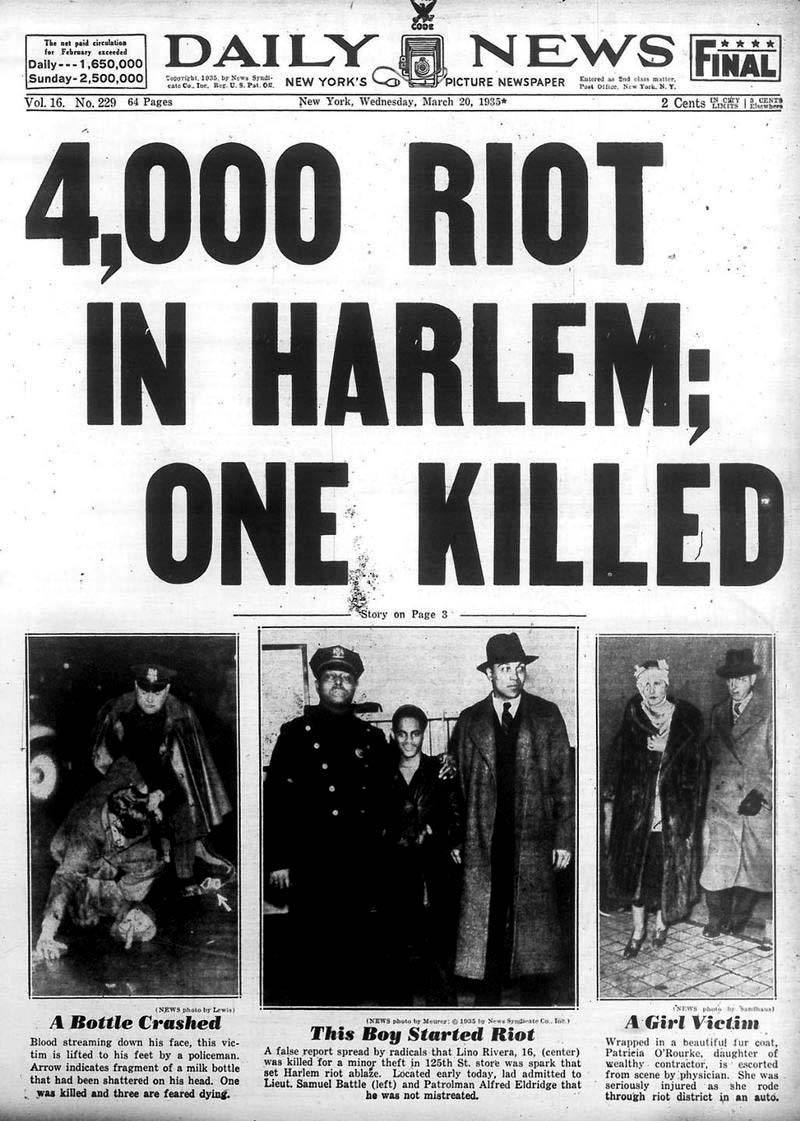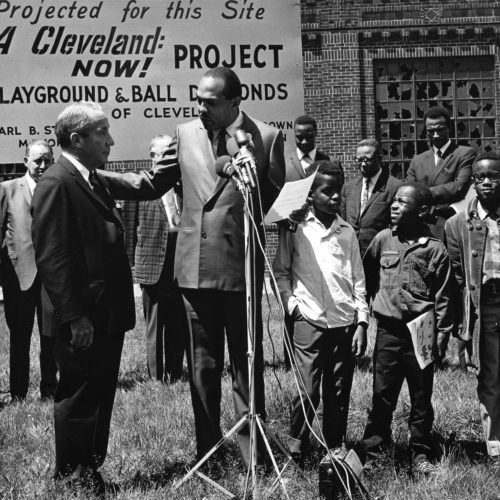Racism was a widespread and deeply entrenched problem in the United States during the 1930s and 1940s. The country had a long history of slavery and segregation, and the legacy of these practices continued to be felt in the lives of black Americans long after the formal abolition of slavery.
During the 1930s, the Great Depression had a disproportionate impact on black Americans, who were already disadvantaged due to discrimination and segregation. Many black people lost their jobs and faced extreme poverty, while white Americans were often able to rely on the support of their networks and communities to weather the economic storm.
At the same time, the Ku Klux Klan (KKK), a white supremacist group, experienced a resurgence in membership and influence. The group had been founded in the late 1860s, and it had enjoyed a period of growth in the 1920s. During the 1930s and 1940s, the KKK continued to spread its message of hate and discrimination, targeting not only black Americans, but also Jewish people, immigrants, and anyone else they saw as a threat to the "purity" of the white race.
One of the most significant examples of racism in the 1930s and 1940s was the internment of Japanese Americans during World War II. In 1942, President Franklin D. Roosevelt signed Executive Order 9066, which authorized the forced relocation of Japanese Americans from the West Coast to internment camps in other parts of the country. This action was taken under the pretext of national security, but it was motivated by racism and fear. The internment of Japanese Americans is now widely recognized as a grave injustice, and the US government later apologized and provided reparations to the survivors and their families.
In addition to the blatant acts of discrimination and violence carried out by groups like the KKK, racism was also deeply ingrained in the fabric of American society at the time. Black Americans were excluded from many aspects of public life, including education, housing, and employment. They were also subjected to segregation in public facilities, including restaurants, theaters, and restrooms.
Despite the overwhelming challenges they faced, black Americans continued to fight for their rights and dignity. One of the most prominent examples of this resistance was the civil rights movement of the 1950s and 1960s, which was led by figures like Martin Luther King Jr. and Rosa Parks. These leaders and many others worked tirelessly to challenge segregation and discrimination, and their efforts ultimately led to significant changes in laws and attitudes.
In conclusion, racism was a pervasive and deeply entrenched problem in the United States during the 1930s and 1940s. It manifested in a variety of ways, including the internment of Japanese Americans, the resurgence of the KKK, and the widespread segregation and discrimination faced by black Americans. Despite the challenges they faced, black Americans continued to fight for their rights, paving the way for the civil rights movement of the 1950s and 1960s.







